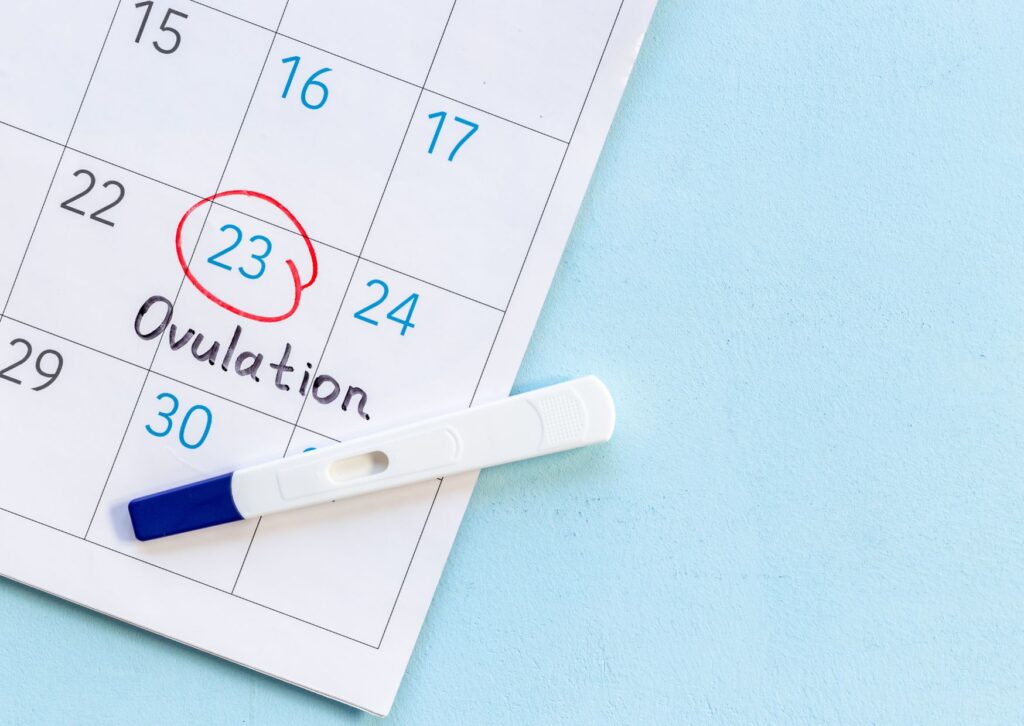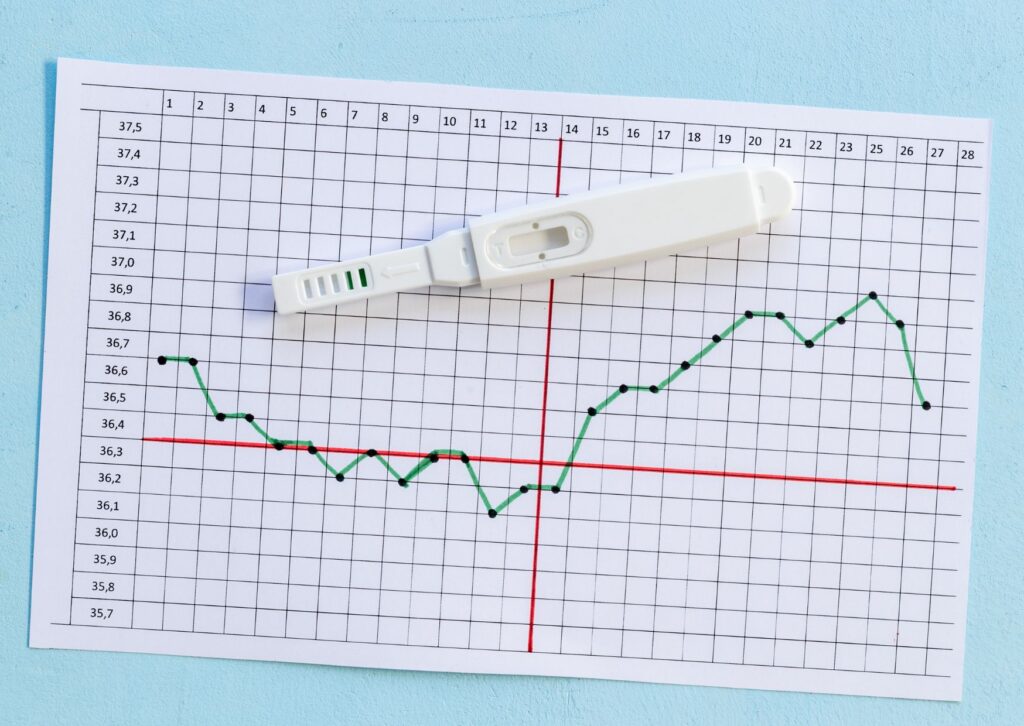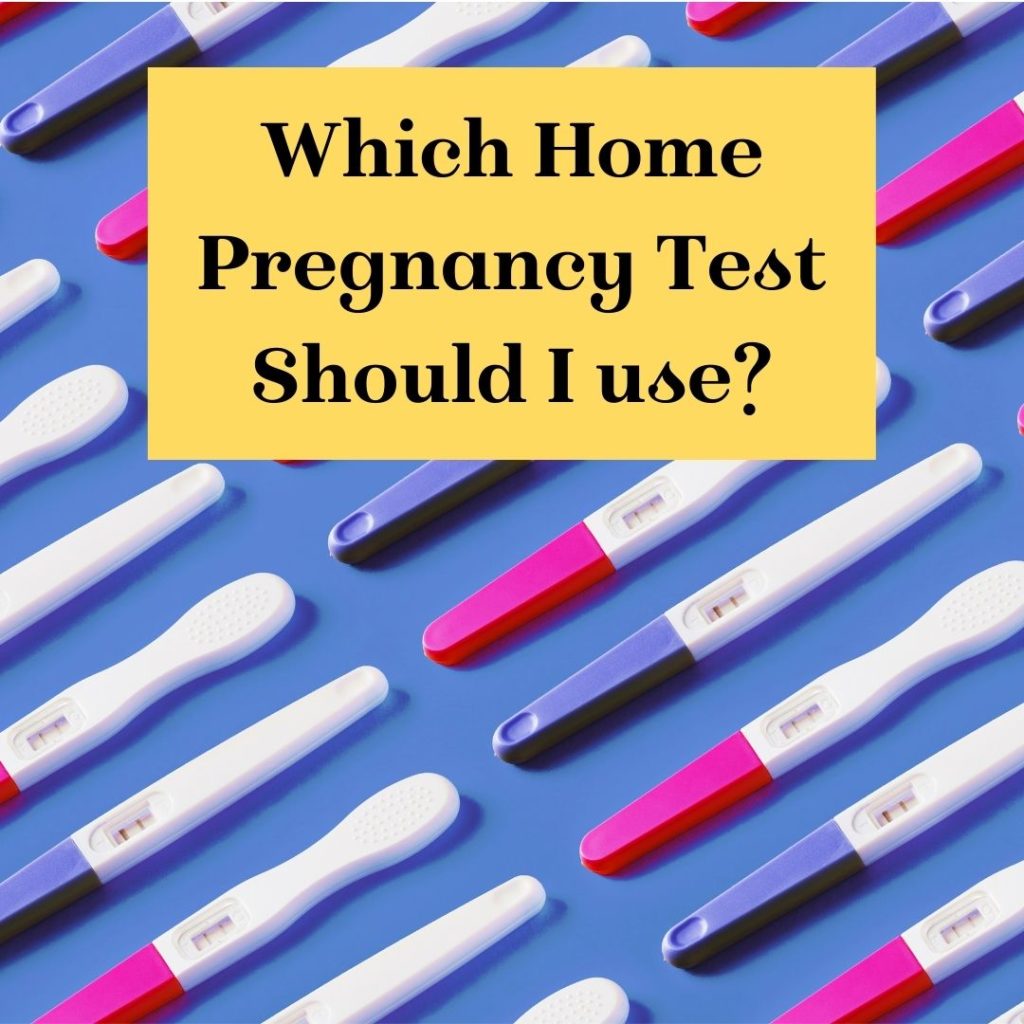If you’re on the trying to conceive rollercoaster, you’re probably familiar with the whirlwind of ovulation tests and pregnancy tests — and the emotional ups and downs that goes with taking tests every day. Understanding when to take an ovulation test can make all the difference to getting pregnant more quickly.
Ovulation tests help pinpoint your most fertile days, giving you the best chance to get that positive pregnancy test result you’re hoping for. But remember, patience is key— you might see a negative pregnancy test result even if conception has occurred, simply because your test timing wasn’t quite right.
Understanding Ovulation Tests
What Ovulation Tests Detect
Ovulation tests are a fabulous tool if you are ttc naturally. Ovulation tests work by detecting the surge in luteinizing hormone (LH) in your urine. LH is a hormone that increases dramatically one to two days before ovulation. This surge signals that one of your ovaries is about to release an egg, marking your most fertile window. Knowing when your LH surge is happening helps you predict the best time to try for a baby.
When taking your ovulation test, do it around the same time each day, ideally in the afternoon, it is important to take your test at the same time every day. Just remember that ovulation tests show when you are most fertile, and when the best time to have unprotected sex is for the best chance of getting pregnant. It’s also a good idea to keep a diary of your ovulation dates and when you have sex.


When to Take an Ovulation Test
Timing is crucial when it comes to taking an ovulation test. Unlike pregnancy tests, which are best taken in the morning, ovulation tests are most effective in the afternoon.
This is because your LH surges often begin in the morning and take some time to appear in urine. For accurate results start testing a few days before you expect to ovulate. If you have a 28-day cycle, ovulation usually occurs around day 14, so begin testing on day 10. You can work out when you are ovulating on our free online ovulation calculator.
Consistency is key when you are testing, so try to test at the same time each day. Avoid drinking lots of liquids before testing, as this can dilute your urine and affect the test’s accuracy. By identifying your LH surge, you can work out your most fertile days, and when is the best chance to conceive.
Interpreting Ovulation Test Results
Interpreting ovulation test results can initially seem a bit daunting, but it becomes straightforward with a bit of practice. Most ovulation tests use test strips that display two lines. The control line tells you that the test is working correctly, while the test line shows the presence of LH. If the test line is as dark or darker than the control line, it indicates an LH surge, suggesting you’re likely to ovulate within the next 24 to 36 hours. This is your best time for conception. If the test line is lighter, ovulation hasn’t occurred yet.
It’s important to test every day to catch your LH surge. Keep in mind that individual variations exist, and some women might have naturally higher or lower levels of LH. If your test results are consistently unclear, try tracking your cycle and measuring your daily basal body temperature together it helps predict your most fertile days.


Timing of Pregnancy Tests
When to Take a Pregnancy Test
The best time to take a pregnancy test is after you’ve missed your period. Most home pregnancy tests are designed to detect human chorionic gonadotropin (hCG) in your urine, a hormone that your body starts producing after the embryo implants in the uterus.
Egg implantation typically occurs 6-12 days after ovulation, but your hCG levels may not be high enough to detect it until closer to your missed period. Testing too early can result in a false negative. If you have an irregular cycle, wait at least 10-14 days after you suspect you ovulated to take the test.
For the most accurate results, use your first wee of the day, as it contains the highest concentration of hCG. If you get a negative result but still suspect you’re pregnant, wait a few days and test again.
As with much of the fertility journey patience is key to get your most accurate results.
Reasons for a Negative Pregnancy Test
A negative pregnancy test can be disheartening/annoying/upsetting/sad (delete as applicable), especially when you can’t wait to see a positive result. However, there are several reasons why you might receive a negative result even if you’re pregnant. Testing too early is a common cause, as your hCG levels may not be detectable yet. This hormone increases rapidly after implantation, but if you test before your period is due, it might still be too low to register.
Another possibility that you are getting a negative pregnancy test result is that your urine is too diluted, especially if you’ve drunk a lot of fluids before testing. Always try to use the first urine of the morning for the most accurate result.
If you have an irregular cycle it can make it difficult to predict the best time to test and you might test too early. If you get a negative pregnancy test but still think you might be pregnant, wait 1-2 days and test again or consult a healthcare professional for a blood test.
Best Timing for An Accurate Pregnancy Test Result
The most reliable time to take a pregnancy test is the day your period is due. By this point, if you are pregnant, your body should have produced enough hCG to be detected by a home pregnancy test.
Typically, hCG is detectable in your urine 12 to 14 days after conception, which matches with a missed period if you have sex when ovulating and have a regular cycle. Testing at this time minimizes the chance of getting a false negative. If you have irregular cycles, tracking your ovulation helps you estimate when to test.




